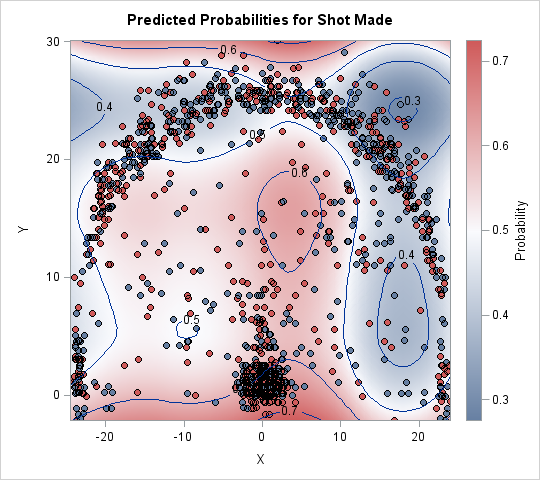
As the federal government’s ability to collect personally identifiable information has increased drastically in recent years, so have attacks targeting that information. Insider threats are of particular concern, according to the Government Accountability Office's 2015 bi-annual High Risk Report. The GAO specifically states, “Risks to cyber assets can originate from













































